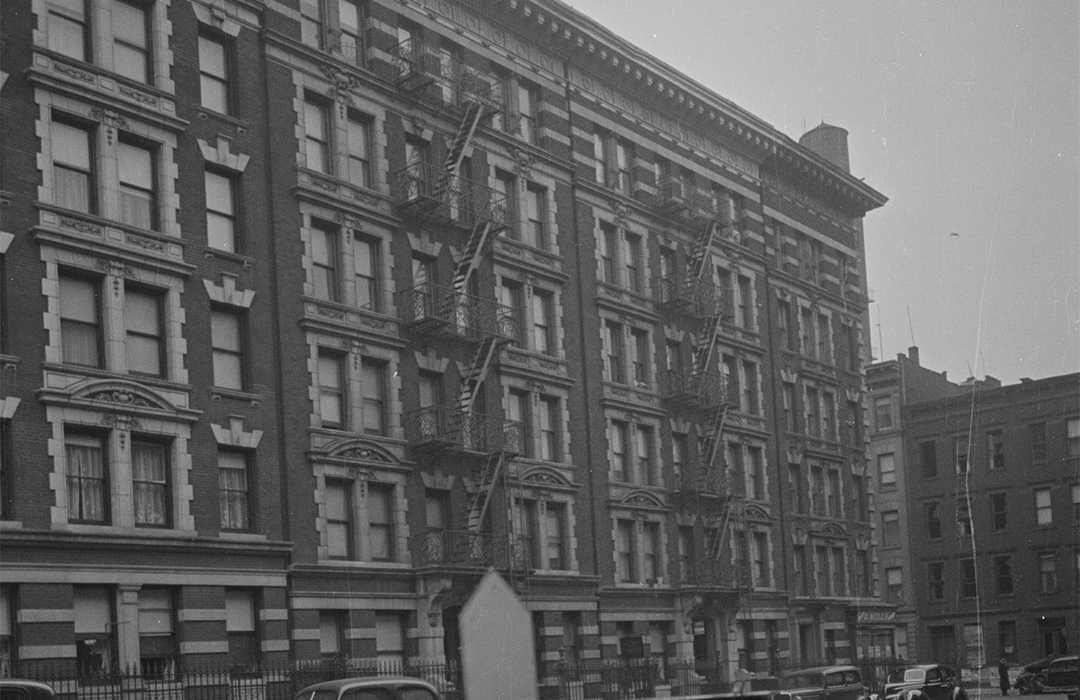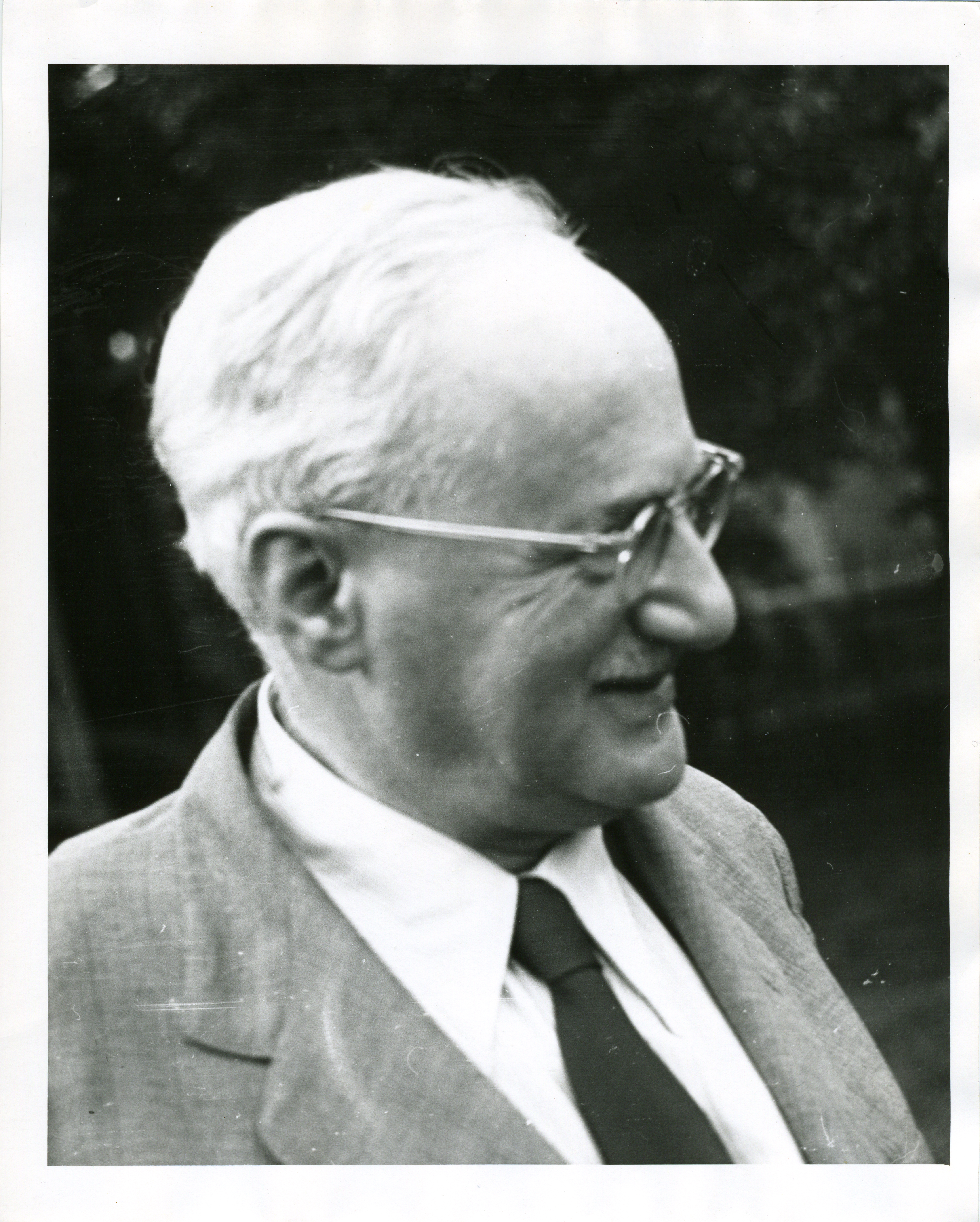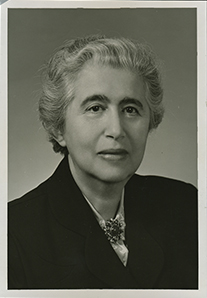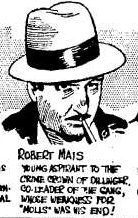
The Mount Clemens, 8 Manhattan Avenue
by Tom Miller
Noted for designing apartment buildings, architect George F. Pelham filed plans for four such structures for developer Robert M. Silverman in 1904. They would fill the east blockfront of Manhattan Avenue from 100th to 101st Streets—three, including The Mount Clemens at 8 Manhattan Avenue, would sit within the southern half, and one would engulf the northern portion of the block.
The Mount Clemens sat on a base of alternating brick and limestone (the resultant striped effect was echoed at the sixth floor). The Renaissance Revival detailing included arched pediments and intricate, carved spandrels. Potential residents could choose from apartments with four, five, or six rooms with a bath. An advertisement described The Mount Clemens as, “Nice apartments for nice people” and boasted them as “light, clean, respectable.”
The white-collar tenants were, indeed, respectable, like William Forger, president of the National Dyers and Cleaners Association; and William Carlton Fox, former Minister to Ecuador. Most of the residents retained at least one servant. In 1920, the Gremasoli family’s youngest child was old enough that they no longer needed a nurse-governess. An advertisement in the New York Herald in July that year read, “French young lady wants position as nurse-governess; obliging; speaks but little English; good city references. Marie, care Gremasoli, 8 Manhattan av.”
Mais had been awaiting execution for killing a mail guard.
On December 21, 1934, The New York Times reported, “A bandit gang armed with shotguns held up a branch office of the Philadelphia Electric Company…this morning and escaped with about $48,500 in cash.” The police said the gang’s leader was, “Robert Mais, the fugitive desperado who shot his way out of a death cell in the Richmond (Va.) jail.” Mais had been awaiting execution for killing a mail guard. In this robbery, the gang, “slugged three men [and] forced sixty employes [sic] to lie on the floor while they seized the loot.”
A month later, on January 22, 1935, the Corsicana [Texas] Semi-Weekly Light reported that Robert Mais and four cohorts had been arrested in a raid on The Mount Clemens. “Mais was surprised in an apartment at 8 Manhattan Avenue at 3:30 a.m. and was captured in bed,” said the article. “Federal operatives and Philadelphia and New York police had surrounded the apartment house, and entered the apartment door so unexpectedly that Mais had no time to reach for a .38 calibre automatic pistol that was at his side.”
The Rish family, who lived here at the time, endured an emotional crisis in 1936. Five-year-old Betty Ann was sent to visit her grandmother in Johnstown, Pennsylvania and in her absence, her one-year-old fox terrier puppy, Skippy, escaped. The little girl was understandably heart-broken.
Mrs. Rish discovered that Herbert Herman, who lived on West 102nd Street, had found Skippy. But what should have been a happy reunion turned out to be a legal battle. Mrs. Rish had to sue Herman for Skippy’s return. On September 18, The New York Evening Post reported that Betty Ann Rish, “can celebrate now.” A ruling in the West Side Court demanded that Skippy be returned to the Rish family, “After Betty’s mother promised to reimburse Herman for money spent on the dog.” The article said, “Mrs. Rish hurried out to notify Betty.”
Mrs. Rish had to sue Herman for Skippy’s return.
In the late 1940s, historian and author Eugen Täubler and his wife, the former Selma Stern (also a historian), lived here. Born in 1879 in Germany, Täubler received his doctorate in 1904 and taught history at the University of Zurich from 1922 to 1925 when he became professor of ancient history at the University of Heidelberg. In 1927 he and Selma, who was a research fellow of history at the Akademie für die Wissenschaft des Judentums (Academy for the Science of Judaism), were married. Trouble began in 1933 when the Nazi regime removed Täubler from his position at the University of Heidelberg. He taught at the Akademie für die Wissenschaft des Judentums until he and Selma were able to escape to the United States in 1941 with the help of Julian Morgenstern, president of the Hebrew Union College in Cincinnati.
In his In the Eye of the Storm, Growing up Jewish in Germany 1918-1943, Herbert Arthur Strauss recalls that Täubler found him in “my run-down immigrant apartment in New York” in the late 1940s. “It was a good turn in the tough circumstances of a poor immigrant,” he writes, “and we saw him several times as a dinner guest at 8 Manhattan Avenue near 101st Street.” Although both Eugen and Selma were teaching in Cincinnati, they had taken an apartment here while Täubler worked “on some aspects of the graphic work of Albrecht Dürer.”
In the second half of the 20th century, the cornice was removed and an architecturally unsympathetic (albeit more secure) entrance installed. Otherwise, The Mount Clemens is greatly intact, an integral part of George F. Pelham’s 1906 streetscape.
Tom Miller is a social historian and blogger at daytoninmanhattan.blogspot.com





